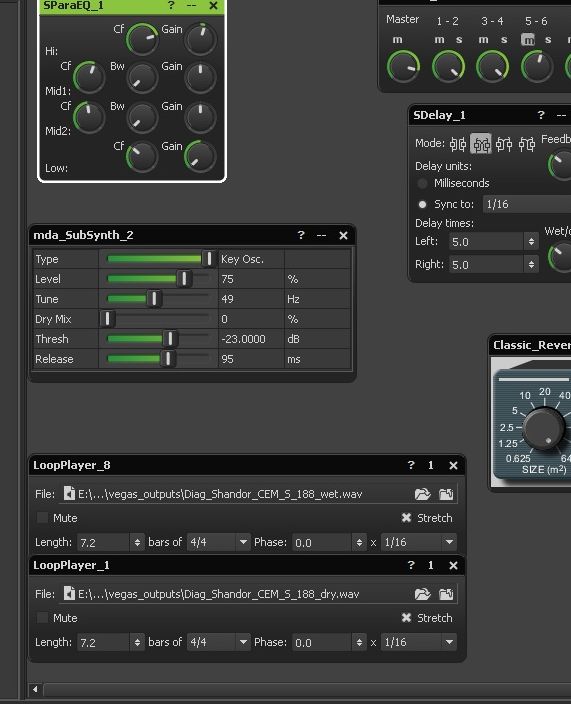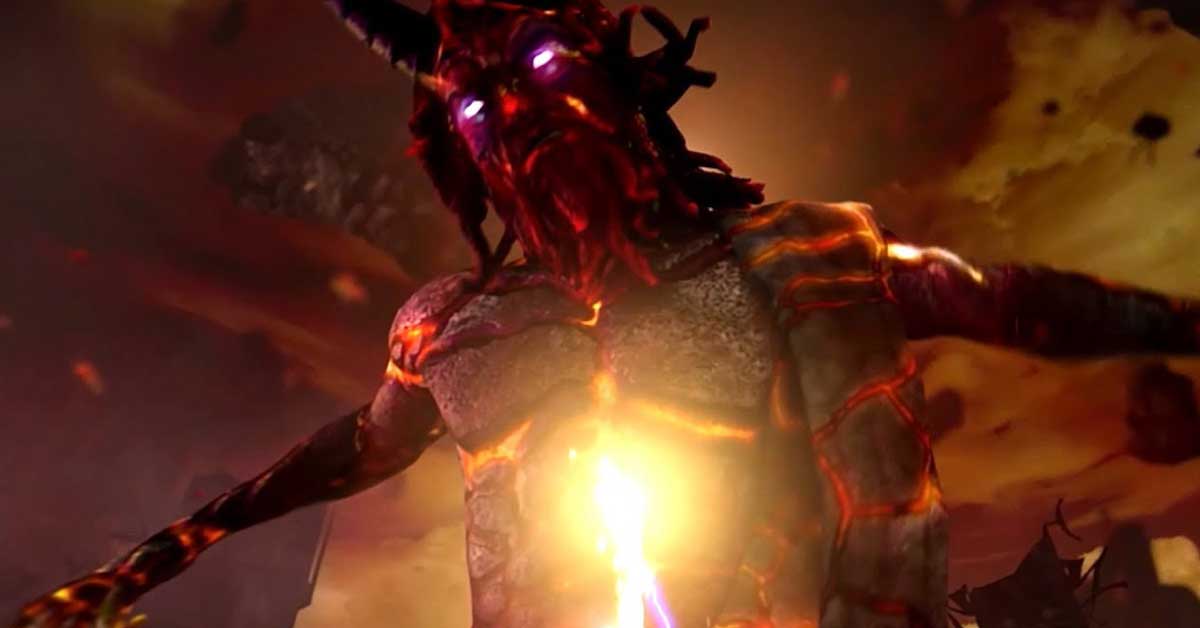Ghostbusters was the very first game I worked on professionally. My only job for the first nine months was dialog editing. That’s it. I listened to thousands and thousands of lines of dialog from the original actors – Dan Akroyd, Billy Murray, Harold Ramis, Ernie Hudson and the rest of the supporting cast and cleaned up every line that was used in the final game.
Of all the lessons I learned about dialog editing, this was the most valuable: trust your ears. In the interest of time and experimentation, I went down a number of paths in an attempt to streamline this process. Batching files, RMS analysis, scripting and even looking into some hardware that purportedly did it all. In the end, nothing was as reliable as feedback from my own ears while listening to each line over and over …and over again. To this day, I still maintain it’s the best way to judge one’s audio work, followed closely by the ears of fellow sound-design colleagues.
That said, there are still some useful tools like Adobe Audition (the repair transient tool is great for detail polish), Waves X-crackle and, of course, a whole host of compressors and EQ’s. They were invaluable while cleaning and leveling the almost 9,000 lines of dialog that eventually wound up in Ghostbusters.
In addition to regular dialog editing, I got to process the recordings of several voice actors such that they became evil ghosts, bosses, monsters, etc. The final boss, Shandor, had to sound huge and ethereal so I ran his voice through Sony Vegas’ acoustic mirror with a really phase-y whoosh loaded in as the impulse file. Then I rendered it, put it in AudioMulch, slowed it down while running it through a key oscillator that spit out 49hz sine waves whenever the input signal went below threshold and mixed it back in with the original and added a bit of delay and reverb. There are certainly better (and easier!) ways to do it now, but it worked at the time and I was happy with the result when we played the latest build in the studio theater and the walls rattled when he spoke. Below is an image of the AudioMulch patch I used with the mda_subsynth module:

Also, here’s the original dialog line and the processed line:
Once the bulk of the dialog was completed, I started doing a lot of sound design – ambiances, collectables, characters, UI, etc. Of these, one of my favorites was the Chairman Boss. He had a number of ranged attacks, vocalizations and an imploding death that used a lot of particle effects which was a blast to work on. Below is a video montage of a few of his stripped down animation prototypes with the sounds I made for them:
And here is a video showing how his sounds as well as Shandor’s voice and several of the SFX, ambiances and other elements came together in the final game:



